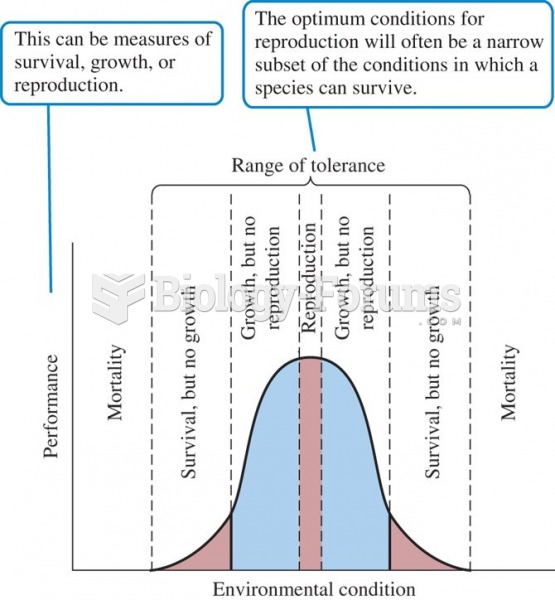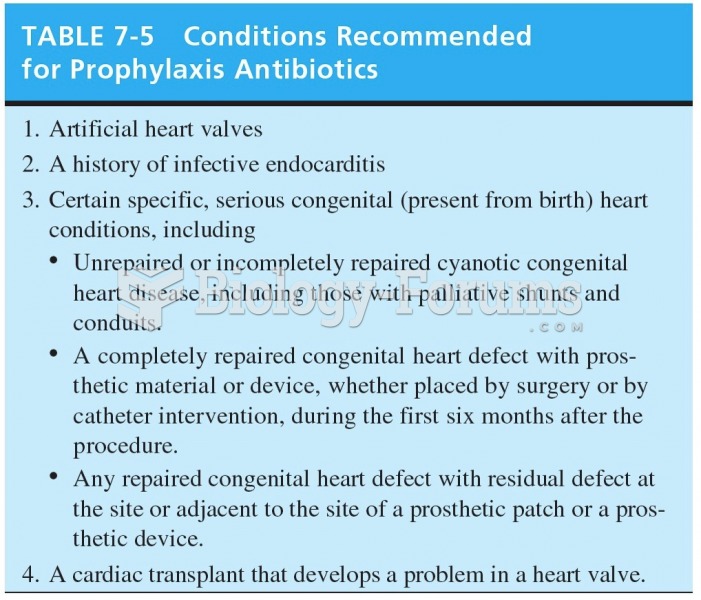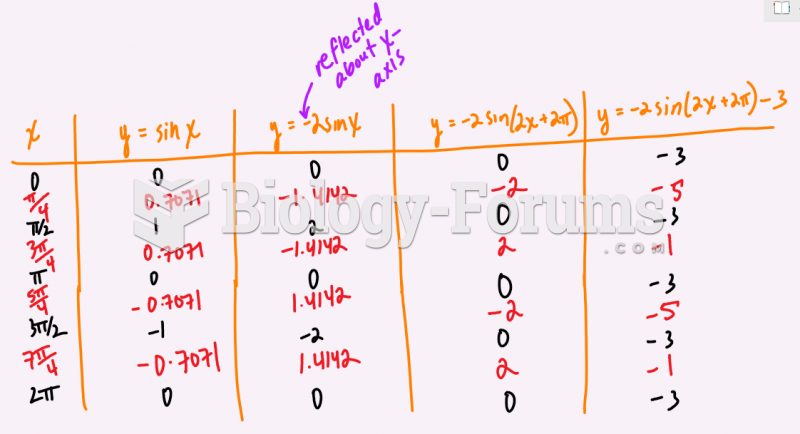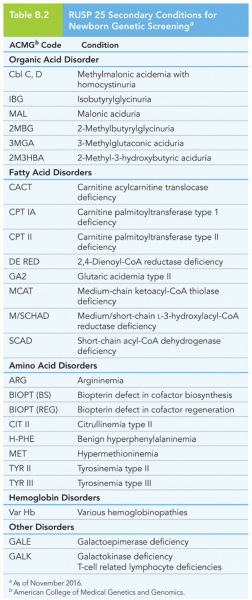Answer to Question 1
A ketone body that contains an acid group (COOH) is called a keto acid. Small amounts of keto acids are a normal part of the blood chemistry, but when their concentration rises, the pH of the blood drops. This is ketosis, a sign that the body's chemistry is going awry. Acidic blood denatures proteins, leaving them unable to function. Elevated blood ketones (ketonemia) are excreted in the urine (ketonuria). A fruity odor on the breath (known as acetone breath) develops, reflecting the presence of the ketone acetone. Ketosis induces a loss of appetite. As starvation continues, this loss of appetite becomes an advantage to a person without access to food. When food becomes available again and the person eats, the body shifts out of ketosis and appetite returns.
Answer to Question 2
During fasting, carbohydrate, fat, and protein are all eventually used for energyfuel must be delivered to every cell. As the fast begins, glucose from the liver's stored glycogen and fatty acids from the adipose tissue's stored fat travel to the cells. As described earlier, these molecules are broken down to acetyl CoA, which enters the energy pathways that power the cells' work. Several hours later, however, liver glycogen is depleted and blood glucose begins to fall. The body must adjust its normal metabolism to survive without food. Starvation demands cells to degrade their components for fuel.
At this point, most cells are using fatty acids for their fuel. But red blood cells and the cells of the nervous system need glucose. Glucose is their primary energy fuel. Normally, the brain and nerve cellswhich weigh only about three poundsconsume about half of the total glucose used each day (about 500 kcalories' worth). About one-fourth of the energy the adult body uses when it is at rest is spent by the brain.
During a fast, the need for glucose poses a major problem. The body can use its stores of fat, which may be quite generous, to furnish most of its cells with energy, but the red blood cells are completely dependent on glucose, and the brain and nerves prefer energy in the form of glucose. Amino acids that yield pyruvate can be used for gluconeogenesisthe making of glucose from noncarbohydrate sources. The liver is the major site of gluconeogenesis, but the kidneys become increasingly involved under certain circumstances, such as starvation.
As the fast continues, the body finds a way to use its fat to fuel the brain. It adapts by combining acetyl CoA fragments derived from fatty acids to produce an alternative energy source, ketone bodies. Normally produced and used only in small quantities, ketone bodies can efficiently provide fuel for brain cells. Ketone body production rises until, after about 10 days of fasting, it is meeting much of the nervous system's energy needs. Still, many areas of the brain rely exclusively on glucose, and to produce it, the body continues to sacrifice proteinalbeit at a slower rate than in the early days of fasting.
In an effort to conserve body tissues for as long as possible, the hormones of fasting slow metabolism. As the body shifts to the use of ketone bodies, it simultaneously reduces its energy output and conserves both its fat and its lean tissue. Still the lean protein tissues shrink and perform less metabolic work, reducing energy expenditures. As the muscles waste, they can do less work and so demand less energy, reducing expenditures further. Although fasting may promote dramatic weight loss, a low-kcalorie diet and physical activity better support fat loss while retaining lean tissue.







